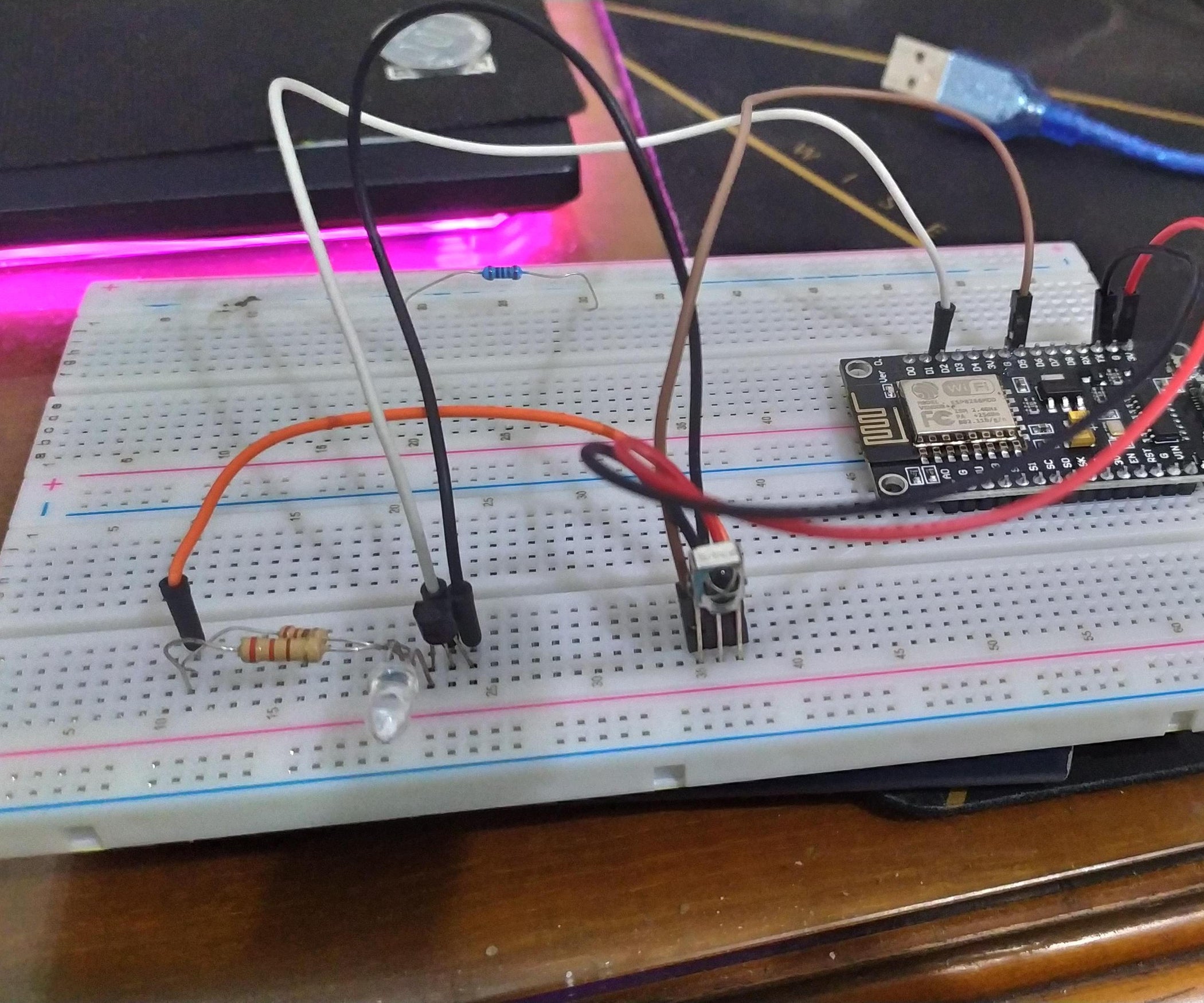Mastering IoT SSH Connect And Download On Mac: The Ultimate Guide
Listen up, tech enthusiasts! If you're diving into the world of IoT and need to connect via SSH on your Mac, you're in the right place. The Internet of Things (IoT) is revolutionizing how we interact with devices, and mastering SSH connections is crucial for managing these smart systems. Whether you're a beginner or an advanced user, this guide will help you navigate the ins and outs of IoT SSH connect and downloads on Mac.
Let's face it, setting up IoT devices can feel like solving a puzzle at times. But don't worry, we've got your back. This article isn't just about theory—it's about equipping you with practical steps to establish secure connections and download necessary files on your Mac. So, buckle up because we're about to embark on a journey that'll make you an IoT SSH pro.
Before we dive deep, let me tell you something important. IoT SSH connect isn't just about typing commands into your terminal. It's about understanding the ecosystem, ensuring security, and knowing the tricks of the trade. By the end of this guide, you'll be downloading files and managing your IoT devices like a champ. Now, let's get started!
Understanding IoT SSH Connect Basics
First things first, what exactly is IoT SSH connect? Simply put, it's a secure way to access and manage remote IoT devices from your Mac. Think of it as a digital bridge that lets you interact with devices over a network. SSH, or Secure Shell, provides encrypted communication, making it a go-to method for device management.
Why Use SSH for IoT Devices?
There are plenty of reasons why SSH is the preferred choice for IoT connections:
- It's secure, encrypting all data exchanged between your Mac and the IoT device.
- It's lightweight and works efficiently on resource-constrained devices.
- It supports various authentication methods, ensuring only authorized users can access your devices.
For instance, if you're managing a smart home system or monitoring sensors in a remote location, SSH ensures your data remains safe and your commands are executed accurately.
Setting Up SSH on Your Mac
Alright, let's talk about the setup process. Your Mac comes with SSH pre-installed, so you're already halfway there. Here's what you need to do:
Step 1: Open Terminal
Find the Terminal app on your Mac. It's usually located in the Utilities folder within Applications. Once you've opened it, you're ready to roll.
Step2: Install Necessary Tools
Depending on your IoT setup, you might need additional tools like SCP (Secure Copy Protocol) for file transfers. Luckily, most of these tools come bundled with macOS.
Pro Tip: If you're working with multiple devices, consider using an SSH client like iTerm2 for a more streamlined experience.
Connecting to IoT Devices via SSH
Now that your Mac is ready, it's time to connect to your IoT device. Follow these simple steps:
- Type
ssh username@device_ip_addressinto your terminal. - Enter your password when prompted. If you're using key-based authentication, you'll skip this step.
- Voila! You're now connected to your IoT device.
Remember, replacing username and device_ip_address with your actual credentials is key. Double-check these details to avoid connection issues.
Downloading Files from IoT Devices
Once connected, you might need to download files from your IoT device to your Mac. Here's how you can do it:
Using SCP Command
The SCP command is your best friend for file transfers. Use the following syntax:
scp username@device_ip_address:/path/to/file /path/to/local/directory
This command copies the file from your IoT device to your specified local directory on the Mac. Easy peasy, right?
Securing Your IoT SSH Connections
Security should always be at the forefront of your mind when dealing with IoT devices. Here are some tips to keep your connections safe:
- Use strong, unique passwords or better yet, implement key-based authentication.
- Disable password authentication if possible to minimize the risk of brute-force attacks.
- Keep your SSH server software up to date to patch any vulnerabilities.
Think of these steps as locking the doors and windows of your digital house. You wouldn't leave them open, would you?
Troubleshooting Common Issues
Even the best-laid plans can hit a snag. Here are some common issues you might encounter and how to fix them:
Connection Refused
If you're getting a "connection refused" error, check the following:
- Ensure your IoT device's SSH service is running.
- Verify the IP address and port number are correct.
- Make sure there are no firewall rules blocking the connection.
These checks often resolve the issue in no time.
Advanced Tips for IoT SSH Users
Feeling confident? Here are some advanced tips to take your IoT SSH skills to the next level:
Automating Connections
Create SSH configuration files to automate connections. This way, you won't have to type long commands every time you want to connect.
Monitoring IoT Devices
Use SSH tunnels to monitor your IoT devices in real-time. This is especially useful for troubleshooting or gathering data logs.
By incorporating these tips, you'll streamline your workflow and become more efficient in managing your IoT ecosystem.
Best Practices for IoT SSH Management
Adopting best practices ensures smooth operations and minimizes risks. Here are a few to keep in mind:
- Regularly update your IoT devices' firmware and software.
- Limit SSH access to trusted users only.
- Document your configurations and settings for future reference.
These practices not only enhance security but also improve the overall reliability of your IoT setup.
Real-World Applications of IoT SSH
IoT SSH isn't just theoretical; it has real-world applications that make a difference:
Smart Agriculture
Farmers use IoT devices to monitor soil conditions and weather patterns. SSH allows them to remotely access this data and make informed decisions.
Industrial Automation
In factories, IoT devices help monitor machinery performance. SSH connects engineers to these devices for maintenance and troubleshooting.
These examples highlight the versatility and importance of mastering IoT SSH connect on Mac.
Conclusion: Take Action Today!
There you have it, folks. A comprehensive guide to mastering IoT SSH connect and downloads on Mac. From setting up your terminal to securing your connections, we've covered it all. Remember, practice makes perfect. The more you work with SSH, the more comfortable you'll become.
Now, here's the deal. If you found this guide helpful, drop a comment below. Let us know how you're using IoT SSH in your projects. And hey, if you know someone who could benefit from this information, share this article with them. Together, let's build a smarter, more connected world!
Table of Contents
- Understanding IoT SSH Connect Basics
- Setting Up SSH on Your Mac
- Connecting to IoT Devices via SSH
- Downloading Files from IoT Devices
- Securing Your IoT SSH Connections
- Troubleshooting Common Issues
- Advanced Tips for IoT SSH Users
- Best Practices for IoT SSH Management
- Real-World Applications of IoT SSH
- Conclusion

How To Securely Connect IoT Devices With SSH A Complete Guide To SSH

Mastering Iot Ssh Download Aws A Comprehensive Guide ACCDIS English

IoT SSH Connect Download A Comprehensive Guide To Secure Device Management